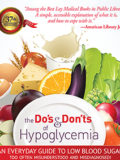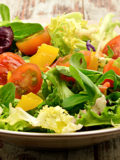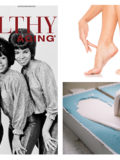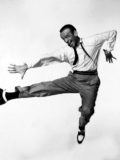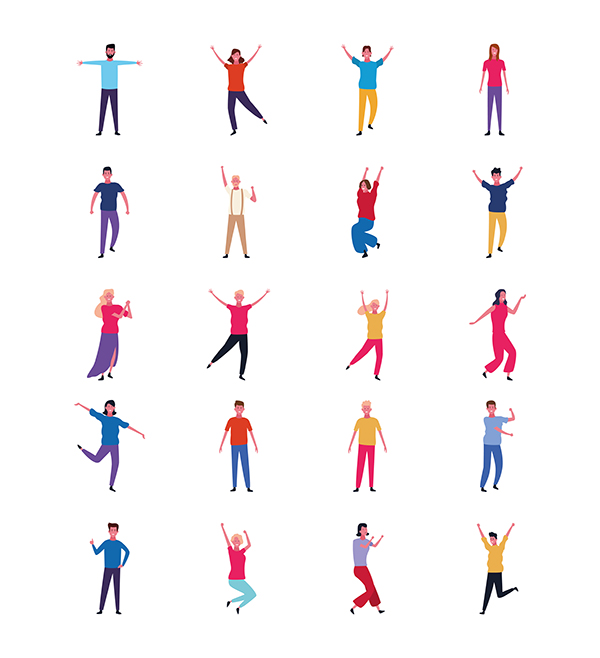
Image: Deposit Photos
By Juliet and Kelly Starrett
Last winter, an acquaintance visited family friends in a small town in Spain. As they were touring the village one evening, they ran into the matriarch of her friend’s family.
The small, lean woman was walking home from shopping, packages in hand. Greetings were shared, introductions made, and the 94-year-old great-grandmother continued on her way along the precariously uneven cobblestone streets to climb the stairs up to her two-story walk-up apartment.
That story reminded us of the 84-year-old woman we met recently in Northern California. She also requires no help or transportation when shopping, something the store workers know well. In fact, they automatically weigh her grocery bags evenly to make them easier for her to carry on the walk home.
We’ll have what they’re having.
That is, we’ll have what it takes to keep us moving freely and independently well into old age—and that’s not more time on an elliptical trainer or additional miles on the running path.
We have no quarrel with the public health recommendation for moderate physical exercise: 150 minutes of heart-elevating activity per week. If you manage to fit in all those minutes, we commend you, all the more so if you squeeze in the CDC’s suggestion that all adults also strength train two days a week.
But while hitting the gym, the pool or the road can have all the benefits you’ve heard about — improved cardiovascular health, lowered risk of all diseases including depression, better body weight, and more — it can also give you a false sense of security.
We see all too many people — elite athletes included — who, feeling heroic after a sweat-generating workout, park their bodies in a car-chair-sofa rotation for the remainder of their waking hours.
That’s a sure-fire way to deprive yourself of the movement needed to:
1) Keep your joints and muscles well-lubed and pain-free;
2) Foster your sense of balance and
3) Help shift the many systems in your body influenced by movement (digestive, circulatory, immune, lymphatic) into gear.
What we’ve gotten wrong about exercise all these years is that it allows us to give frequent, incidental everyday movement a pass. Most likely, years and years of active living have largely contributed to the spryness of the intrepid nona- and octogenarian we mentioned earlier.
Walking to and fro, lifting things, squatting down, pushing and pulling objects, and carrying stuff around. As mild as these actions may sound, especially when compared to something like training for a triathlon, they pack a powerful punch by building stability, suppleness, and durability. They also help you burn additional calories and, if you are an athlete or work out hard, enhance recovery from exercise.
To continue reading this article, click here: What We Have Gotten Wrong About Exercise
The above article is excerpted from Healthy Aging® Magazine. To continue reading this article and more like it, log in or subscribe to Healthy Aging® Magazine, the lifestyle magazine that is all about following your passion and what you can do rather than what you can’t.
Dr. Kelly Starrett and Julia Starrett are co-authors of Becoming a Supple Leopard, Ready to Run, and Built to Move

This content is offered exclusively to Healthy Aging® Magazine subscribers.
Already a subscriber?
Log in now
Subscribe Today
Healthy Aging® Magazine offers in-depth feature articles, tips and information on how to achieve a healthy lifestyle. Enjoy features on diet and exercise, mental, social and financial wellness, active travel, and recipes! You will find ways to follow your passion, ideas for how to redefine yourself and stay active as well as profiles on inspirational people.Your subscription includes:
- ✔ Quarterly digital Healthy Aging® Magazines.
- ✔ Free monthly digital newsletter.
- ✔ Special free offers throughout the year.


